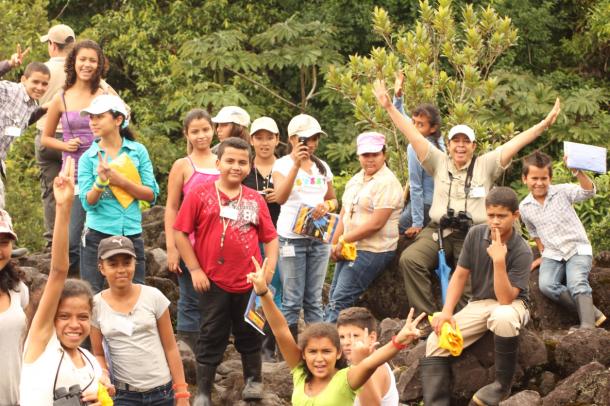Introduction: Creating “bioliteracy” in communities surrounding Area de Conservación Guanacaste
Traditional conservation in the tropics has understandably first focused on protecting land and habitats from human assault but has lagged in creating the social acceptance necessary for wildlands to survive long term. Social integration with biodiversity conservation is typically an afterthought. It is too often considered in terms of wildland management and enforcement rather than social and economic empowerment of neighbors. Protected areas conservation must move away from its early-phase “guns and badges” management style to meaningful engagement of surrounding communities through the integration of non-damaging goods and services for society.
The Area de Conservación Guanacaste (ACG) has been a global leader in this transition. In particular ACG's Programa de Educación Biológica (PEB) and its Marine Bioawareness are 35-year-old pioneers in making this shift and a shining example of what has come to be known as “biocultural restoration”. Today, ACG’s 169,000-hectare expanse of terrestrial and marine national parks, wildlife refuges, and NGO-owned private conservation wildlands are considered one of the crown jewels in Costa Rica’s national system of protected areas (SINAC). GDFCF and its ACG predecessors have been enthusiastic supporters of these educational programs since 1985.

